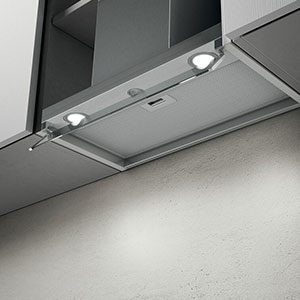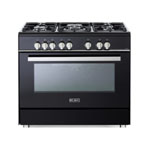The kitchen hob, a steadfast workhorse in our culinary endeavours, often faces the heat – quite literally. But what happens when the heat becomes too much to handle? In this article, we’ll explore a common concern: Can a hob crack from heat, and what factors might contribute to such an occurrence?
**1. Understanding Hob Materials:- Hobs come in various materials, each with its own heat resistance characteristics. Common materials include ceramic, glass, and metal. Understanding the composition of your hob is crucial in assessing its susceptibility to cracking under high temperatures.
- The term “thermal shock” refers to the sudden and extreme changes in temperature. For hobs, this can happen when a hot pan is placed directly on a cold surface or when a cold liquid is spilled on a hot hob. These rapid temperature changes may lead to stress on the hob material, potentially resulting in cracks.
- The quality of the hob material plays a significant role in its ability to withstand heat. High-quality ceramic and tempered glass hobs are designed to resist thermal stress and are less likely to crack under normal cooking conditions.
- Physical impact, such as dropping heavy objects on the hob, can weaken its structure. When subjected to high heat afterward, a weakened hob may be more susceptible to cracking. Regular checks for any signs of damage are essential to prevent unforeseen issues.
- While rare, manufacturing defects can contribute to the vulnerability of a hob to heat-related issues. These defects may include inconsistencies in material composition or improper construction, making the hob more prone to cracking.
- Proper care and maintenance can significantly influence a hob’s longevity. Following manufacturer guidelines for cleaning and avoiding the use of abrasive materials can help preserve the hob’s structural integrity.
- To prevent potential cracking, consider using heat-resistant trivets or placing a protective layer between hot cookware and the hob surface. Additionally, avoid sudden temperature changes and handle the hob with care to minimize the risk of physical damage.
In Conclusion: While hobs are designed to endure the rigors of cooking, it’s essential to be mindful of factors that could contribute to cracking, especially from extreme heat or thermal shock. Understanding your hob’s material, quality, and taking preventive measures can go a long way in ensuring its durability and safe use in your kitchen.
If you notice any cracks or signs of damage on your hob, it’s advisable to consult the manufacturer or a certified technician for a professional assessment. With proper care and awareness, you can enjoy your cooking adventures without cracking under the pressure of high heat.




